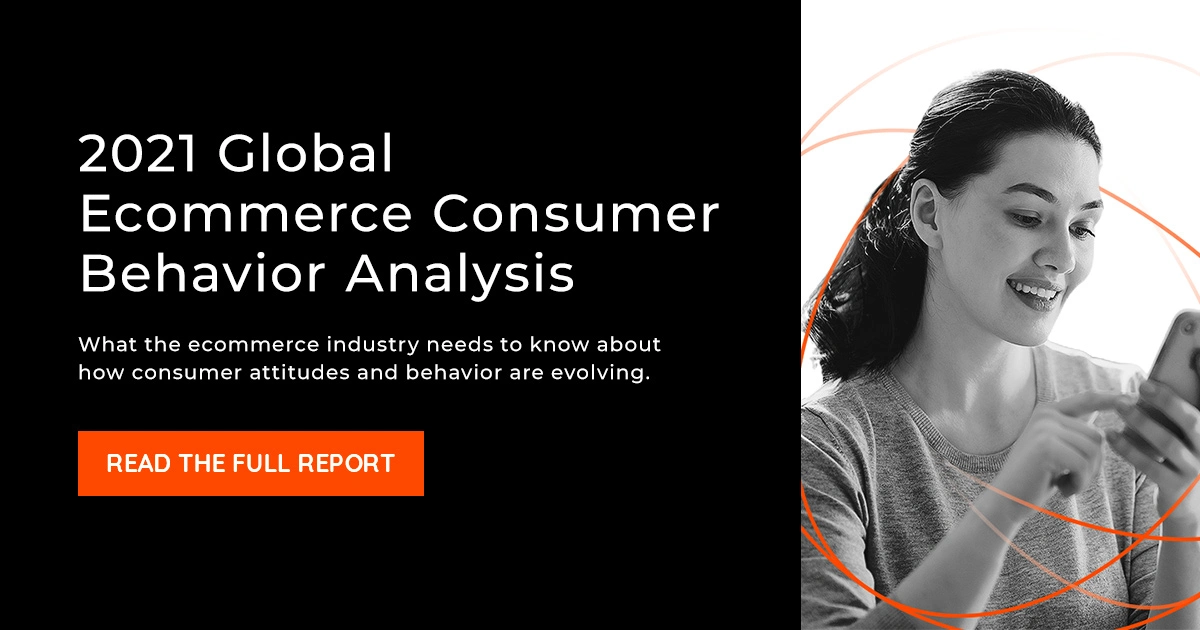Merchant Fraud Journal’s 2021 Trends Report
How can merchants anticipate, prevent, and address new fraud tactics in the coming year?
The new free “Ecommerce Fraud Trends 2021” report, published by the Merchant Fraud Journal, delivers valuable insights directly from 13 of the leading ecommerce fraud prevention solutions.

One of those thought leaders is ClearSale’s own Rafael Lourenco, who shared the trends he feels merchants should focus on to prevent fraud in 2021. Along with fraud trends, the report also includes top expert opinions on advanced analytics and how the PSD2 implementation has impacted European ecommerce.
For merchants who want to protect themselves and their customers next year and beyond, here are the ecommerce fraud trends that top prevention specialists are talking about.
Pandemic-Related Fraud Will Persist
Lourenco believes that COVID-19 will continue to impact ecommerce through the first part of 2021 in a number of areas:
Joblessness Will Feed Organized and Friendly Fraud
Consumer migration to online shopping will continue to increase credit card fraud and account takeover fraud by organized fraudsters. A form of organized criminal fraud gaining traction lures people into jobs that merely serve as a money laundering operation … where the employee is liable. This type of fraud will continue to persist as long as people are unsuccessfully searching for work.
The same can be said for friendly fraud, which isn’t necessarily perpetrated by criminals. Often people down on their luck turn commit this type of fraud to make ends meet.
Buy Online Pick up in Store (BOPIS) Fraud Poses a Threat
Since the start of the pandemic, BOPIS has increased, with almost 70% of American consumers taking advantage of this convenient service.
However, BOPIS fraud rates have increased 250%, according to Merchant Fraud Journal’s BOPIS Retail Trends report. Lourenco recommended that merchants improve data visibility and facilitate manual order reviews to identify potential fraud.
CNP Fraud Continues to Persist
Lourenco pointed out that the increase in call center and MOTO transactions practically invites CNP fraud. Telephone and mail orders don’t allow for the authentications that can predict fraud. Merchants risk an increase in MOTO-related chargebacks.
Merchants should take extra precautions with suspected fraudulent transactions and ask for more information. No easy takes since this requires additional training to help customer-facing employees recognize fraud. Lourenco noted that merchants should consider partnering with a third-party fraud prevention solution provider for assistance.

New European Regulations Will Impact Cross-Border Ecommerce
The European PDS2 (second Payment Services Directive) implementation and its strong customer authentication (SCA) requirements will impact some of the world’s largest markets. SCA’s two-factor authentication should help reduce card-not-present fraud in the UK and Europe. The question remains if the authentication requirements will increase checkout friction, declined orders, and customer abandonment.
Initial Data Highlights Long-Term Opportunity for More Approvals
Early data has shown that app-based authentication is performing poorly on most key indicators in the short-term. Conversely, the time to complete a challenge has decreased slightly. Successful challenges lead to more approvals, which is promising for the long-term.
Disparate Implementations Create Confusion and Competition
Lourenco pointed to the multi-month disparity between EU and UK enforcement deadlines that could be a source of confusion for cross-border ecommerce. The EU has already begun implementing the new regulations, while the UK doesn’t start until September.
Depending on where the purchaser’s card is issued, UK merchants may need to apply SCA before their own deadline. Retailers outside of the EU who have already tested and optimized their SCA implementation will have a clear competitive advantage.

Open Banking Fraud Is the Next Challenge
In Lourenco’s opinion, open banking will offer new challenges and benefits to financial institutions, merchants, and consumers. The discounts, credit improvement tools, and data sharing make open banking attractive to consumers and banks.
However, that same “open” nature makes these apps and platforms susceptible to synthetic fraud, identity theft, and account takeovers.
Traditional card fraud prevention tactics won’t work because there is no credit card. Lourenco recommends taking an “identity fraud” approach to protect consumers, merchants and banks.

Staying on Top of Ecommerce Fraud Trends
Online shopping was the only option for months at a time. Brick-and-mortar merchants had to dive head-first into the ecommerce space – with limited understanding of fraud risks. Existing ecommerce merchants were suddenly flush with record-breaking transaction volumes, forcing them to re-evaluate their payment processing infrastructures.
Unfortunately, cybercriminals experienced their own growth. They sharpened their skills and have discovered new ways to defraud merchants and their customers.
The ecommerce landscape will continue to change at a rapid pace, adding more challenges and trends for merchants to consider.
At ClearSale, we’ve helped merchants fight fraud through the pandemic. We’ve seen how our unique mix of advanced artificial intelligence, highly trained analysts, industry insider knowledge, and unified customer data can significantly reduce risk exposure.
If you’re ready to learn more about the risks your business is facing, contact us today. We’ll help you find the solution that can protect your business and your customers.
 Sarah Elizabeth
Sarah Elizabeth

